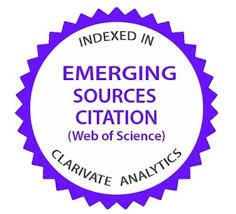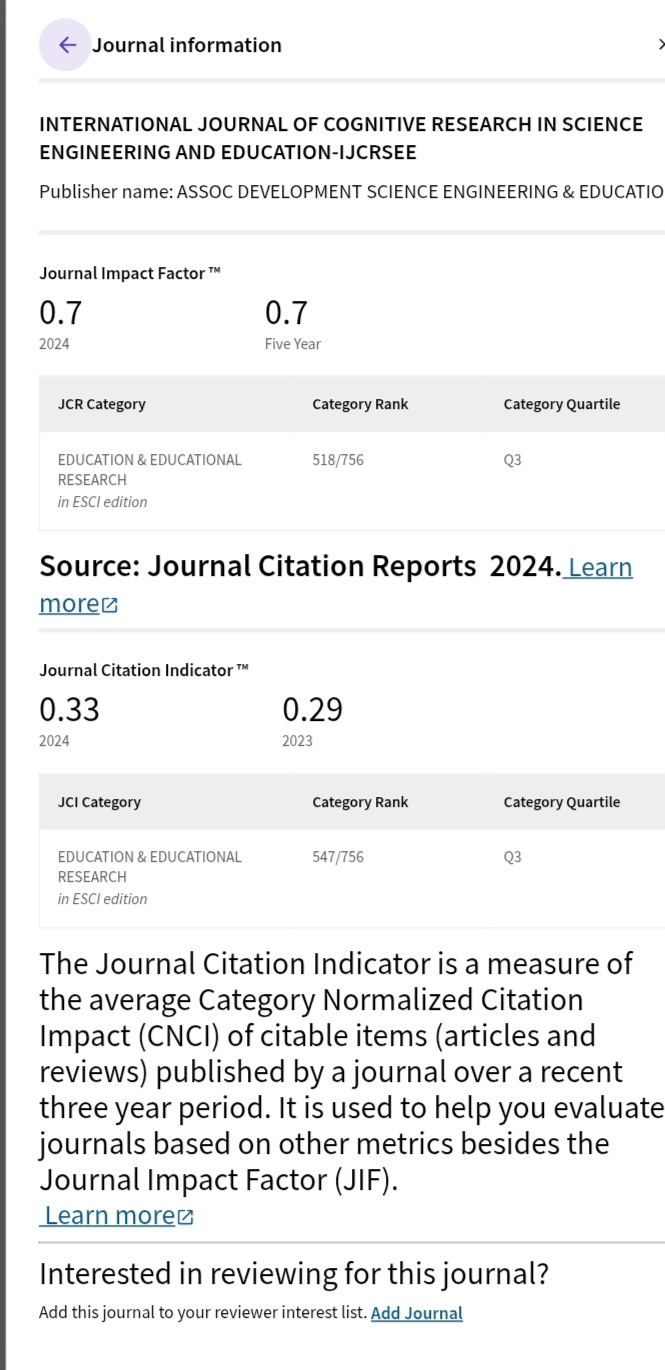LINGUISTIC MANIPULATION: DEFINITION AND TYPES
Keywords:
theory of speech manipulation, intentional manipulation, non-intentional manipulation, communication, legal linguisticsAbstract
The article touches upon basic aspects of the theory of speech acts that is defined as influence exercised upon a human being or a group of people through speech and related non-verbal means by the speaker in order to achieve definite aims, i.e. to change the listener’s behavior, his mental set, intentions, perceptions, evaluations, etc. in the course of verbal interaction.
Downloads
References
Dotsenko E. (1997). Psychology of Manipulation: Phenomena, Mechanisms and Protection. Chero Publishing. Moscow.
Issers O. (2002). Communicative Strategies and Tactics of the Russian Speech. URSS Editorial Press. Moscow.
Leontyev A. (1981). Psychological Peculiarities of a Lecturer. Knowledge Press. Moscow.
Pocheptsov G. (1987). Communicative Aspects of Semantics. High School Publishing. Kiev.
Slobin D., Greene J. (1976). Psycholinguistics. Progress Publishing. Moscow.
Tarasov E. (1990). Linguistic Manipulation: Methodology and Theory, Optimization of linguistic manipulation. Moscow University Press. Moscow.
Thomas J. (1995). Meaning in Interaction. An Introduction to Pragmatics. Pearson Education. London.
Zhura V. (2000). Emotional Deixis in Verbal Behavior of an English-speaking Individual. Volgograd University Press. Volgograd.
Published
How to Cite
Issue
Section
License
Copyright (c) 2013

This work is licensed under a Creative Commons Attribution-NonCommercial-NoDerivatives 4.0 International License.








